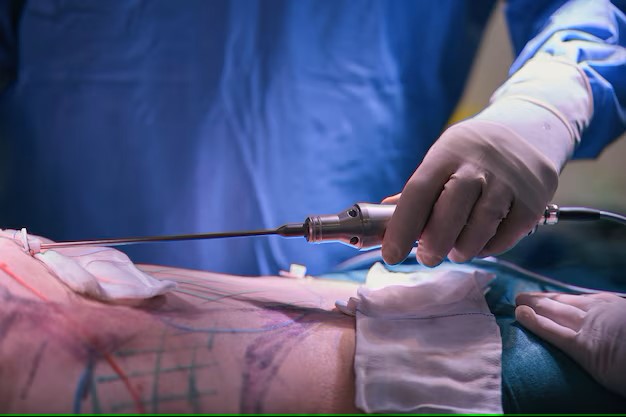Liposuction surgery is a popular cosmetic procedure designed to remove excess fat from specific areas of the body, helping individuals achieve a more contoured and proportionate figure. This article provides an in-depth look at what liposuction entails, its benefits, risks, and what to expect during the recovery process.
What is Liposuction Surgery?
Liposuction, also known as lipoplasty or body contouring, is a surgical procedure that targets stubborn fat deposits that are resistant to diet and exercise. Common areas treated include the abdomen, thighs, hips, buttocks, arms, neck, and back.
Benefits of Liposuction
- Improved Body Contours: Liposuction can significantly enhance your body’s shape and proportion.
- Boosted Self-Confidence: Achieving a slimmer appearance can improve self-esteem and confidence.
- Permanent Fat Removal: Once fat cells are removed, they do not return, making results long-lasting if a healthy lifestyle is maintained.
How Liposuction Surgery Works
The procedure involves the use of a thin tube, called a cannula, which is inserted through small incisions in the skin. The cannula is connected to a vacuum that suctions out the fat. There are several techniques, including:
- Tumescent Liposuction: The most common method, where a saline solution with anesthesia is injected to reduce bleeding and pain.
- Ultrasound-Assisted Liposuction (UAL): Uses ultrasound waves to liquefy fat, making it easier to remove.
- Laser-Assisted Liposuction (SmartLipo): Employs laser energy to liquefy fat cells.
Preparing for Liposuction Surgery
Before undergoing liposuction, a thorough consultation with a board-certified plastic surgeon is essential. During this consultation, your surgeon will evaluate your medical history, discuss your goals, and determine the best technique for your needs. Pre-surgery preparations may include:
- Avoiding certain medications and supplements.
- Quitting smoking.
- Arranging for post-surgery care and transportation.
Recovery and Aftercare
Recovery time varies depending on the extent of the surgery and individual healing rates. Generally, patients can expect:
- Initial Recovery: Most people can return to work within a week, but strenuous activities should be avoided for a few weeks.
- Bruising and Swelling: These are common and may last for a few weeks to months.
- Compression Garments: Wearing compression garments helps reduce swelling and supports the new body contours.
Risks and Considerations
As with any surgical procedure, liposuction carries risks, including infection, bleeding, and adverse reactions to anesthesia. It’s crucial to choose a qualified and experienced surgeon to minimize these risks. Additionally, liposuction is not a weight-loss solution and is best suited for individuals at or near their ideal weight.
Maintaining Results
To maintain the results of liposuction, it’s important to follow a healthy lifestyle, including a balanced diet and regular exercise. While liposuction removes fat cells permanently, remaining fat cells can still enlarge if weight is gained.
Conclusion
Liposuction surgery can be a transformative procedure for those looking to eliminate stubborn fat and achieve a more sculpted appearance. By understanding the process, benefits, risks, and recovery involved, you can make an informed decision about whether liposuction is right for you. Always consult with a qualified plastic surgeon to ensure the best possible outcome.

